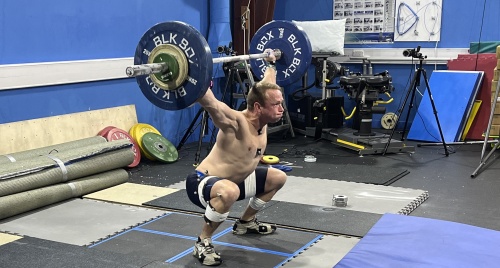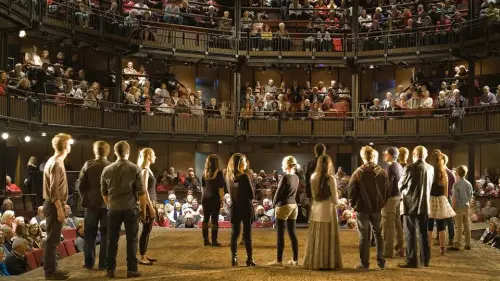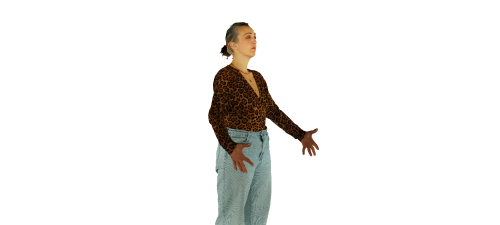3D imaging opens brave new (virtual) world for historic Bath Guildhall
Research

Image: LiDAR Scan of the Banqueting Room, the Guildhall, Bath
If a picture is worth a thousand words, how much richer is the story told with a thousand images? That’s what we sought to discover as we ventured down to the Banqueting Room armed with an array of scanners and cameras.
In January the CAMERA Studio team spent a day making a 3D scan of the Banqueting Room at Bath Guildhall. The day was facilitated by the Bath Film Office, to support research in this area.
Photorealistic models of culturally significant places such as the Banqueting Room can unlock an array of possibilities, archiving for the future and engaging with the present. Such models can become bustling online spaces populated with avatars of historical figures, projected onto giant virtual production stages as the backdrop of the latest blockbuster movie, or become the foundation for truly novel museum exhibits. They can transform how we engage with our heritage, and open up fragile spaces to a public who might otherwise never experience them.
To make the most of this opportunity, we were also joined by Vassilis Seferidis, co-founder and CEO of Bristol-based Nephelie Technologies Limited, who offer solutions and services in cutting-edge media and telecoms technologies.
We first used a FARO Focus Premium LiDAR scanner to create a detailed geometric scan of the Banqueting Room. While accurate, such scans are difficult to convert to visually appealing environments.
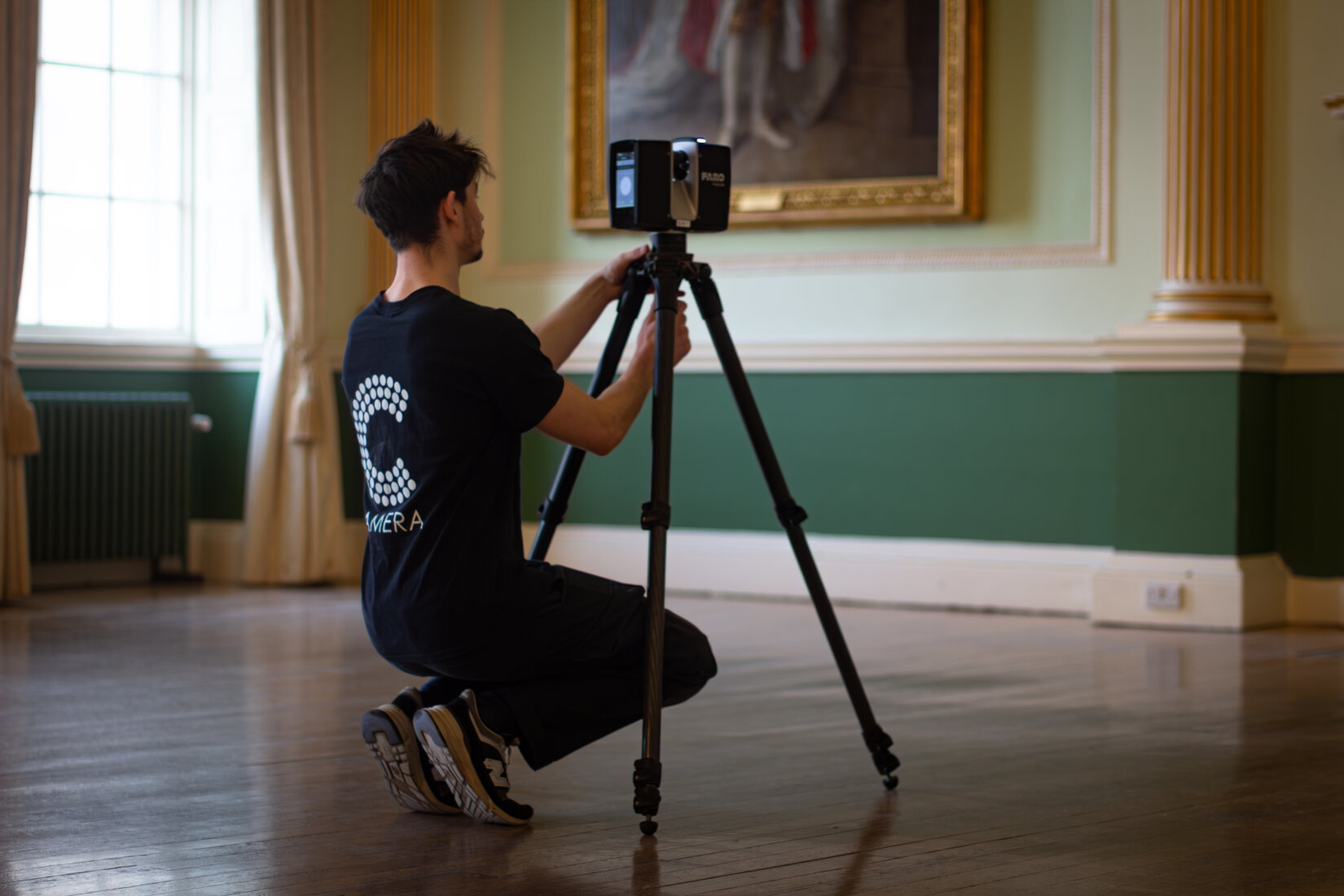
Image: CAMERA Studio Engineer, Jake Willott, adjusting the LiDAR Scanner inclination
To better get that visual appeal, we took thousands of pictures with one of our Sony PXW-FS7 4k TV cameras, getting broad shots and detail shots from every achievable angle, capturing exactly how light changes and shifts with perspective. Along with all that, we captured images of a Macbeth colour chart and a chrome sphere VFX ball, so that lighting and colour could be properly calibrated once the data were back at the lab.
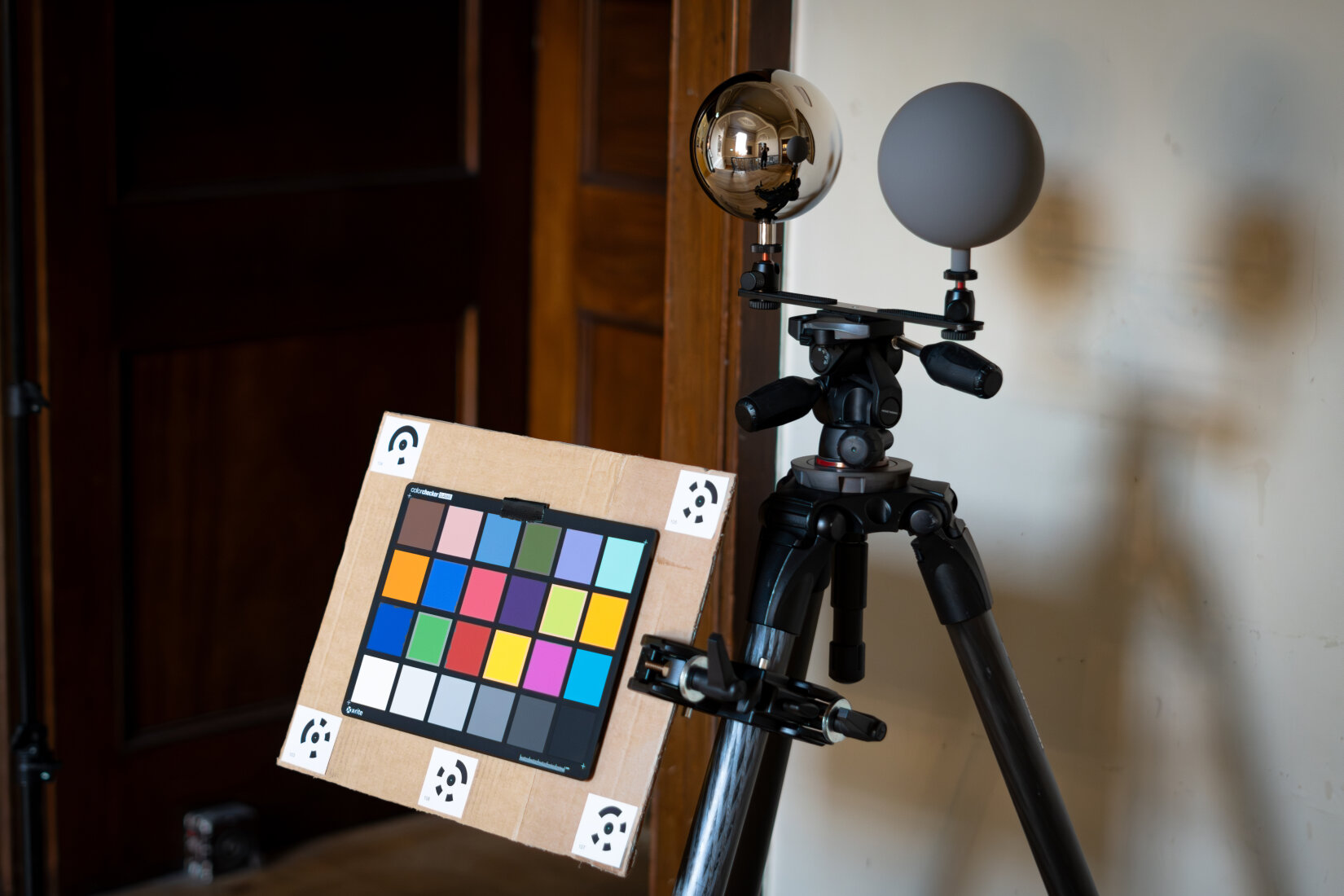
Image: Chrome sphere and Macbeth colour chart
Among the most promising methods of creating high quality photorealistic models of environments are the radiance field approaches. These approaches achieve peak performance when paired with huge numbers of images capturing every facet and every angle of the scene in a systematic and disciplined fashion.
Nephelie have developed the world’s first wireless, high resolution, machine vision camera rig, which is especially adept at this sort of image capture. Where casual capture from a phone or single camera might produce models that start to struggle on close examination, Nephelie’s rig, which consists of 12 – 24 cameras taking up to 720 images per second, facilitates the kind of rigorous image capture that makes radiance field models excel. When paired with their Gaussian Splatting tools, the result is fantastic high fidelity 3D models.
Video: Nephelie Wireless 3D Scan of the Banqueting Room
Nephelie Technologies CEO, Vassilis Seferidis says:
“This ground-breaking solution offers unprecedented flexibility to creators and developers enabling them to create digital twins of objects and environments with ultra-realistic detail thanks to the combination of a high-performance wireless network and 3D Gaussian splat renderings.”
Councillor Paul Roper, cabinet member for Economic and Cultural Sustainable Development, says:
”Being able to offer Bath’s heritage sites as digital backdrops has so much filming potential and we are excited to see how this technology develops. We welcomed the opportunity to support the University of Bath, a partner on the Future Ambition Board, on this cutting-edge research project.”
“It’s a great example of how the council’s Economic Strategy promotes B&NES as an innovation testbed with great spaces for creativity. The council’s Film Office works with productions of all shapes and sizes and this is a great new opportunity to provide access and enhance Bath’s amazing World Heritage sites and museums.”
CAMERA Researcher, Dr Murray Evans says:
“We’re developing the tools to effortlessly capture and reconstruct our world, ensuring that the stories and beauty of significant places become accessible to all, across generations.”
“Our research bridges the physical and digital, transforming complex scans into immersive virtual spaces that preserve our heritage and invite new ways of exploration.”
The Guildhall scan is part of data collection for ongoing research into capturing and representing environments with modern rendering techniques, exploring different 3D scanning and display techniques.
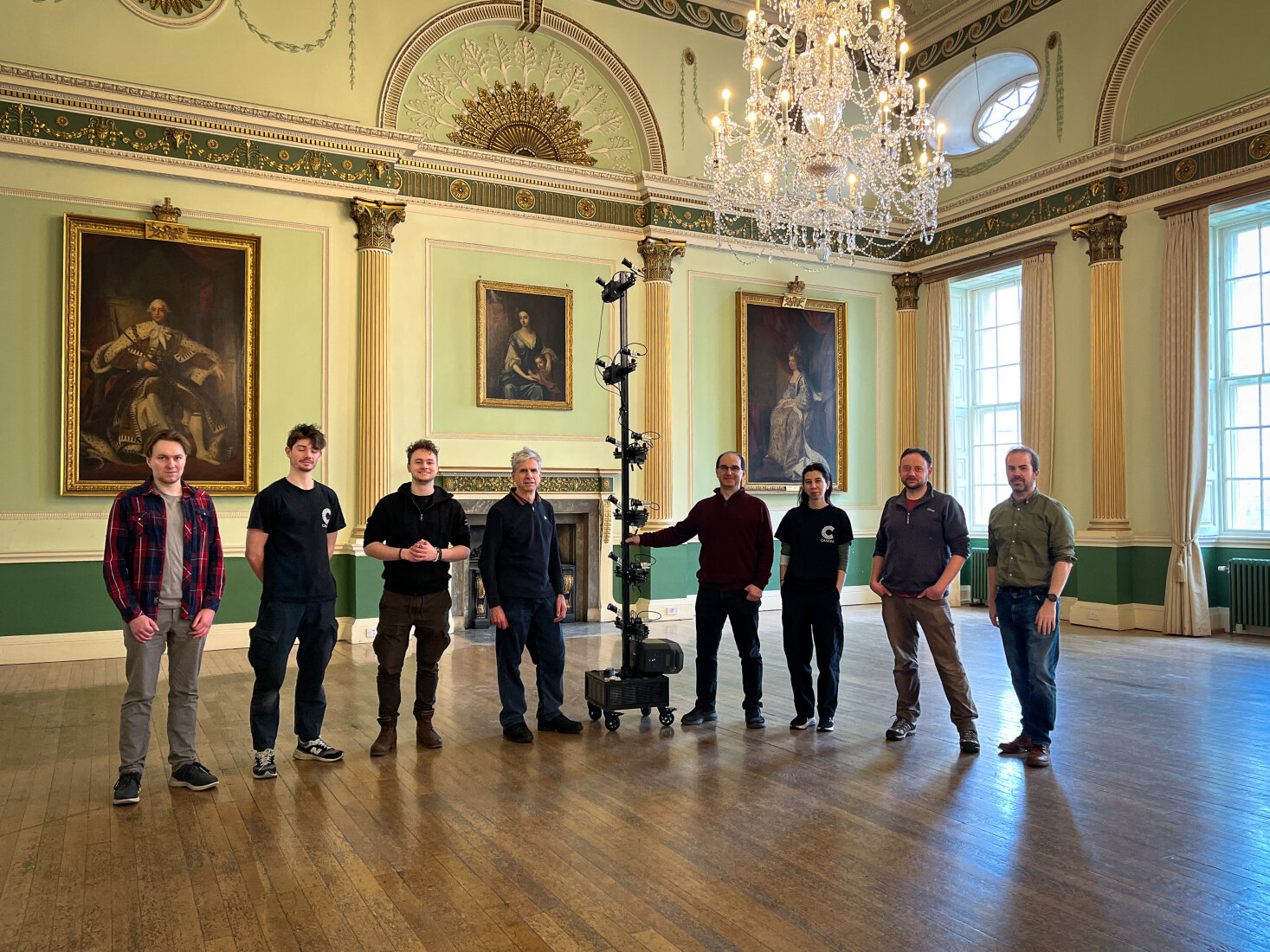
From left to right: [..], Jake Willott, […] Martin Parsons, Vassilis Seferidis, Michelle Wu, Dr Murray Evans, […]
